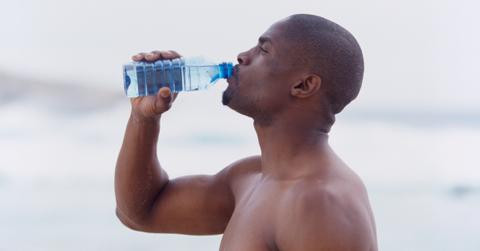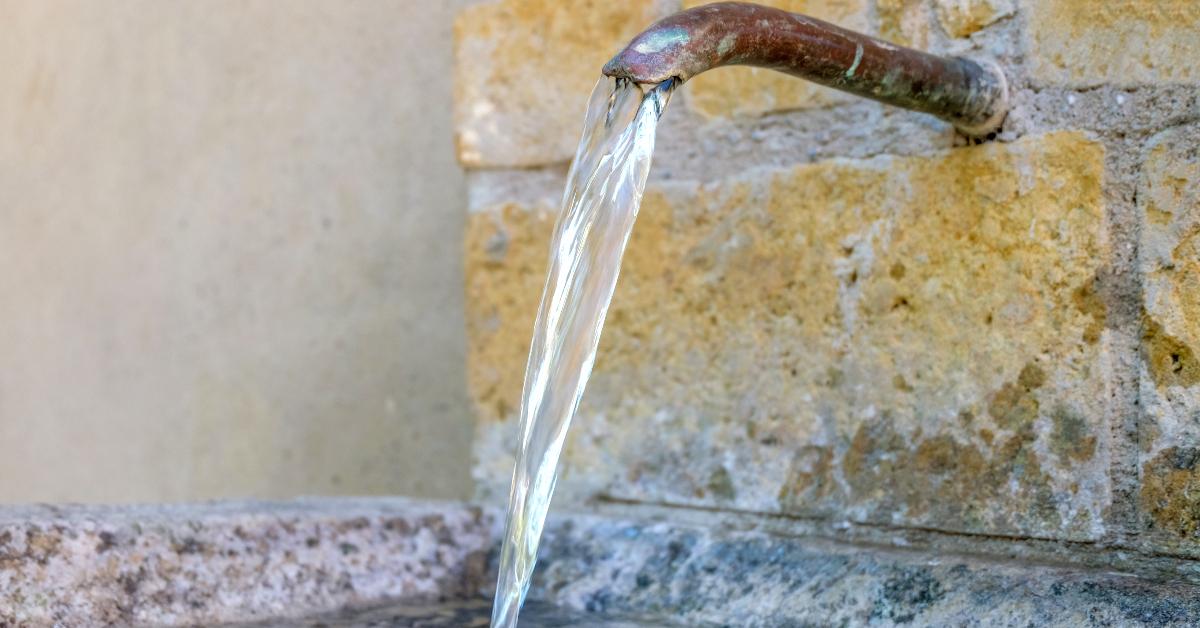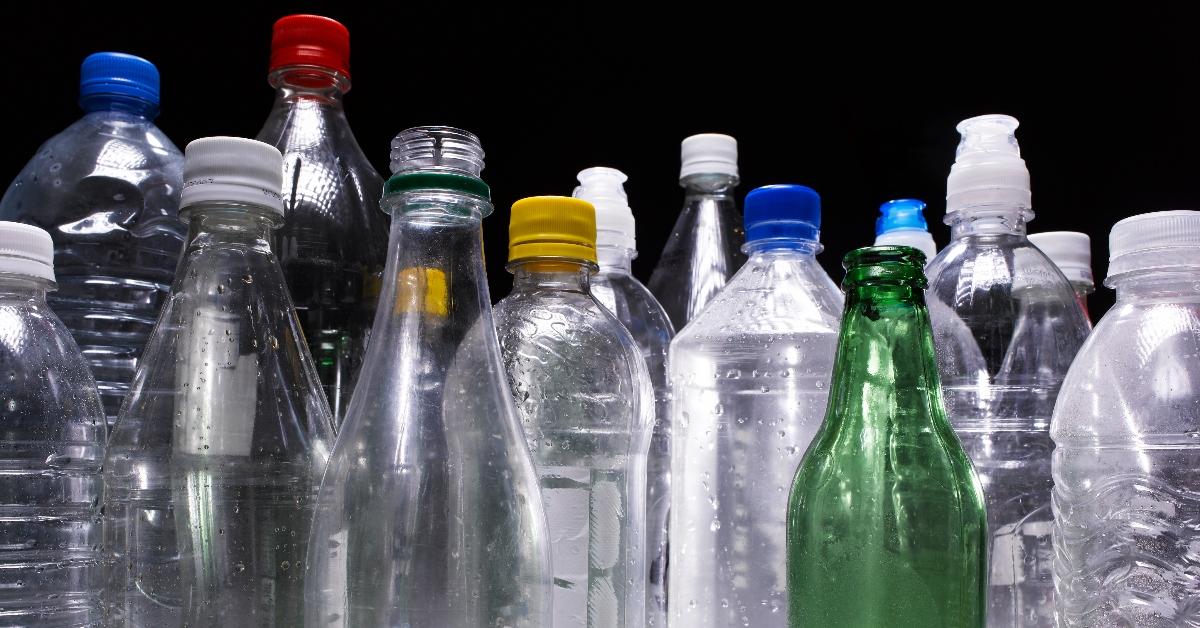
Keep an Eye Out for These Indicators When You’re Hunting for the Healthiest Water
Learn how to identify what makes healthy water and determine if your go-to brand is checking off each item on the list of nutrients that you need.
By Kiara ManningDec. 12 2023, Published 1:12 p.m. ET
We all know the importance of consuming water and how it is essential to our everyday lives. Regular water intake helps keep your skin healthy, supports the function of your organs, and aids in digestion, among other things.
So when it comes to choosing the right water brand, it is key to make sure the brand is giving what it's supposed to give — from purity and PH levels to taste and overall hydration.
Now, there are many debates on which brand of water is the best. According to outlets like Thrillist and Tasting Table, Mountain Valley, Evian, and Fiji are among the purest and best-tasting bottled water brands.
Trying to determine if your go-to brand has it all? Here are the key factors you need to identify.
What type of water is it?

A young Black man in casual wear drinking ice water from glass.
A big part of choosing a water brand is figuring out which type of water works best for you — whether it's spring, mineral, sparkling, or even tap. There is a wide range of different kinds that all have various factors; you just have to find the one that meets all of your criteria.
It is imperative to read the label of every brand of water that you are considering purchasing. You need to know what minerals the brand contains to ensure you get all the nutrients you desire in your water.
Where did the water come from?

Cold fresh water flows out of a metal tap into a rustic brick water basin.
What matters most is the actual source of the water. When you're in the store, the water aisle has endless choices — from vapor-distilled to purified. But the next time you're reading the label, try looking at the source. If it comes from a natural source such as a spring or mineral water, those are the brands you want to gravitate towards.
How does the water taste?

A fit Black male athlete drinks water out of plastic bottle after workout outdoor in the morning.
Although water is often deemed as a beverage with no taste, that is simply not the case.
The flavor of the water is determined by the water source and the type of minerals present. Of course, taste is purely subjective and depends on your personal preference. Mineral waters usually contain a salty, bitter profile, while others can be sweet, sour, or even metallic.
If you're not a fan of the bitter profile, avoid acidic brands like Dasani and choose brands that have been filtered by reverse osmosis.
Are the pH levels on point?
pH levels in water are important to consider as they can make certain minerals and metals more or less receptive to the body.
The U.S. Environmental Protection Agency reports that the best pH level for drinking water sits between 6.5 and 8.5. Waters with good pH levels include Evian, Core, ArrowHead Spring Water, Fiji, and JUST Water, to name a few.
How is the water packaged?

An array of different bottles on display.
It is vital to pay attention to packaging when choosing the right water brand. Although plastic is not necessarily the safest to drink out of due to its ability to seep chemicals into the water, some bottled water brands are better than others.
Read the label to see what type of plastic is being used. Polyethylene terephthalate (PET) is used in various brands and is FDA-approved. A safer alternative is glass bottles because they are also recyclable, but unlike plastic, they don't put chemicals in the water.
How is the brand marketed?

A row of plastic water bottles crowded together against a dark background.
All water brands do a great job of using buzzwords to make their water seem like the best. They brand their water as being filled with electrolytes that will increase your energy and hydration. When buying your water — just be sure to check the facts.

